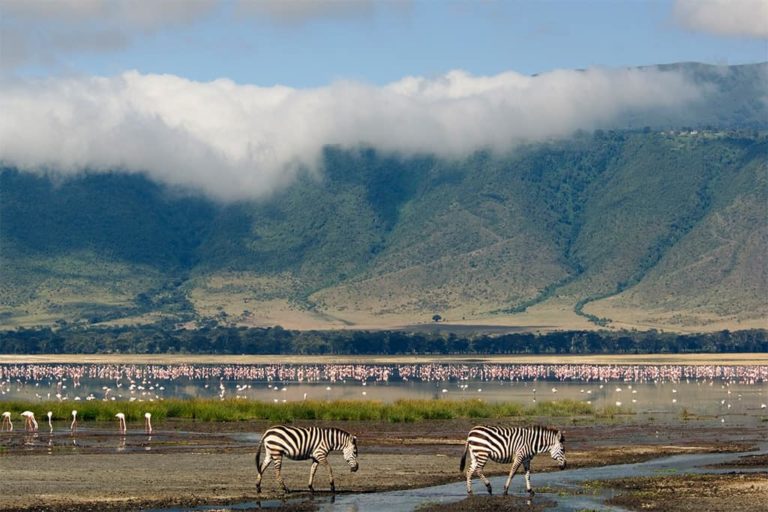Situated off Africa’s southeastern coast, Madagascar is the fourth largest island in our world. It’s also home to an abundance of exotic plants and animals not found anywhere else on earth.
Supremely unique, Madagascar once housed as many as 20,000 exotic species. Therefore, there are many reasons why you should travel to Madagascar.
Madagascar is a treasure trove of natural wonders that unearth your inner adventurer as you explore its lush tropical forests, beautiful beaches, and vibrant ethnic communities. You will enjoy wandering the lush landscapes, friendly locals, and unique culture.
Madagascar is a unique place. It’s a giant playground for animals. It’s a jungle, and it’s in Africa, so it’s a bit backward and strange. But, there are lemurs, and snakes, and hippos, and lions, and giraffes.
The country houses a giant crocodile park and also has witch doctors.
Madagascar is a magical place, and it’s a place that you would love to go to.
Geography
The country is located in the southwestern Indian Ocean.
Its elevation is located between 2,500 and 4,500 feet above sea level. It constitutes three massifs that are more than 8,500 feet high.
The Ankaeatra watershed divide separates three major river basins.
Climate
Madagascar has a hot and wet season that starts from November to April.
The cooler and drier season begins from May and lasts till October. July is when the country faces the coldest weather, whereas December is the hottest.
The country gets the most robust trade winds from May to October.
Wildlife
Madagascar is renowned for its rich natural factors. The island was once full of deciduous forest. However, it has suffered from erosion and deforestation.
About seven-eighths of the country is filled with bamboo and prairie grasses. You will also find screw pines and palms on the coasts of Madagascar.
As you go further south in Madagascar, you will find thorn trees, dwarf baobab trees, giant cacti, and other xerophytes.
Speaking of animals, Madagascar houses 40 species of lemurs, tenrec, and chameleons. Birds are also abundant in the region. Guinea fowl, herons, flamingos, cuckoos, and more types of birds are found here.
The most dangerous animal on this island is the crocodiles found in the rivers of the country.
Madagascar’s inland waters include tilapia, rainbow trout, and black bass. The island’s coasts include various marine fish and crustaceans such as groupers, tuna, sharks, sardines, giltheads, crabs, crayfish, and oysters.
People and Ethnicity
Madagascar was inhabited by humans about 1,300 years ago. There is no evidence about who the first settlers were, but some studies have shown that Indonesians could be the first people to settle in this country.
However, according to archaeology, linguistics, and tradition, Afro-Arabs may have settled on this island before 1000 C.E.
Today, the majority of the people belong to the Malagasy ethnicity, which is further divided into 20 ethnic groups. The dominant group in Madagascar is the Merina people, followed by Betsimisaraka and Betsileo.
Most people of Madagascar speak Malagasy as it is their national language. It is the standardized version of Merina.
Besides, French is also predominantly spoken and recognized by people.
The number of people learning to speak or speaking English is also increasing.






